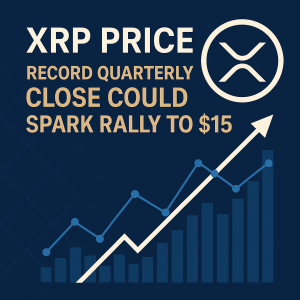In a recent analysis, prominent entrepreneur and Bitcoin advocate Michael Saylor has made a bold long-term forecast for the cryptocurrency’s price, suggesting that Bitcoin could reach as high as $21 million per coin.
The prediction aligns Bitcoin’s future value with its fixed supply, which is capped at 21 million coins. Saylor’s outlook emphasizes the scarcity principle that underpins Bitcoin’s value proposition, highlighting its potential to serve as a hedge against inflation and a store of value in the long run.
This forecast has garnered attention from investors and industry experts, as it implies an extraordinary increase from current Bitcoin prices. Saylor’s projection is rooted in the idea that as demand increases and supply remains limited, Bitcoin’s price could appreciate exponentially over the coming decades.
Bitcoin’s recent performance has been characterized by significant volatility, but many analysts see long-term potential driven by institutional adoption and macroeconomic factors. Saylor’s optimistic forecast underscores a belief that Bitcoin’s scarcity will play a pivotal role in its valuation, especially if adoption continues to expand globally.
Market reactions to Saylor’s prediction are mixed, with some experts considering it overly optimistic, while others view it as a plausible scenario over the next several decades. The implications of such a forecast could influence investment strategies, encouraging more individuals and institutions to consider Bitcoin as a core component of their portfolios.
Looking ahead, key factors to watch include regulatory developments, technological advancements, and broader macroeconomic trends that could impact Bitcoin’s adoption and price trajectory. The next steps will involve monitoring how these elements influence Bitcoin’s market behavior and whether the asset can sustain its growth trajectory.
What is the basis for Saylor’s Bitcoin forecast?
Saylor’s forecast is primarily based on Bitcoin’s fixed supply of 21 million coins, which creates scarcity and potential for long-term value appreciation as demand increases.
How realistic is a $21 million Bitcoin price?
While highly speculative, the prediction hinges on continued adoption and demand, along with macroeconomic factors that could drive institutional interest and inflation hedging.
What are the main risks to this forecast?
Potential regulatory crackdowns, technological vulnerabilities, or shifts in investor sentiment could impact Bitcoin’s long-term growth and challenge the feasibility of reaching such high valuations.







